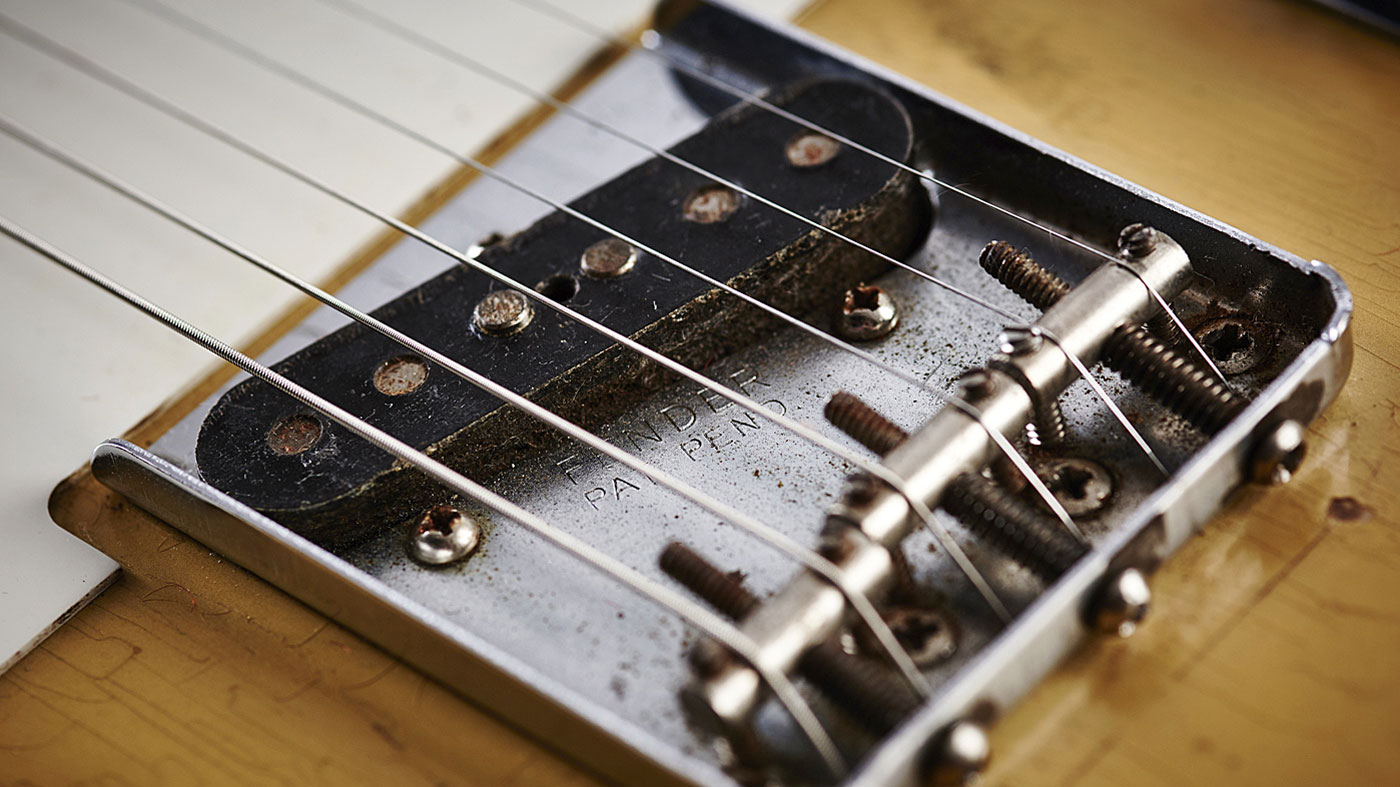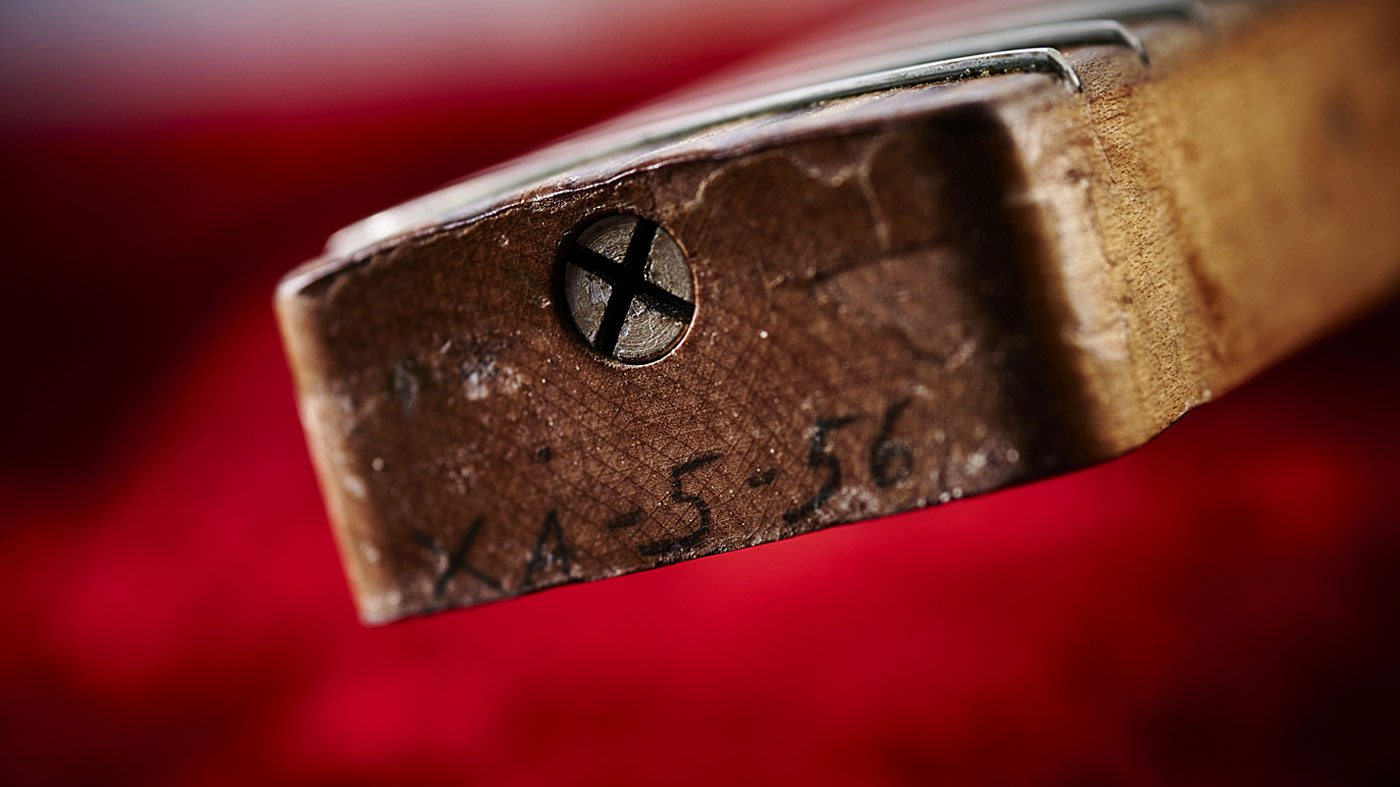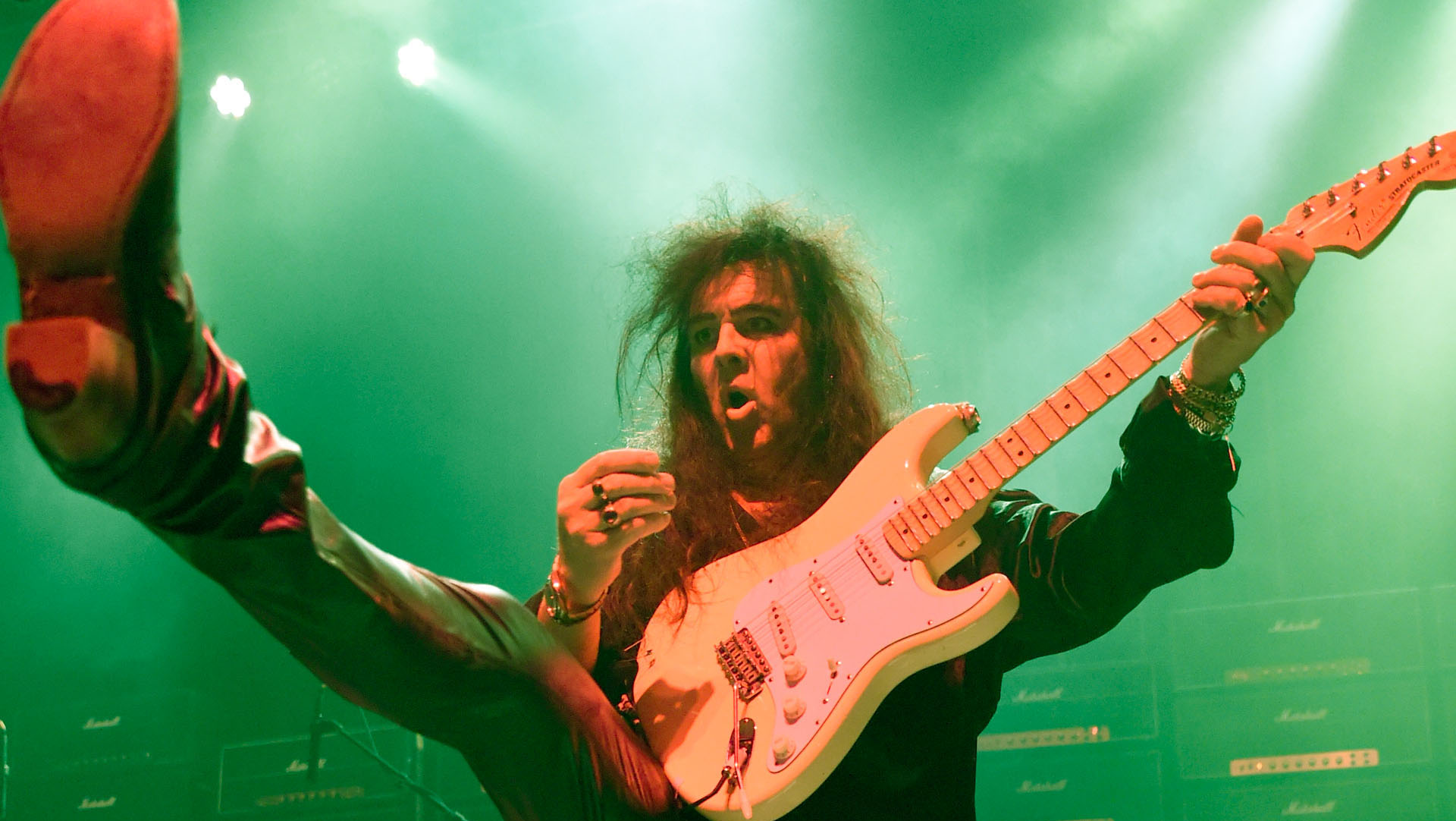Classic gear: Fender Esquire
Fender’s first electric has a unique allure - and bags of tonal character

ELECTRIC GUITAR WEEK: The Fender Esquire represents a historic turning point in guitar evolution. Essentially a single pickup variant of the Telecaster (although some very rare, early dual-pickup Esquires have been documented) it first appeared in catalogues in the spring of 1950 and preceded the autumn 1950 announcement of the Broadcaster - which was later renamed the Telecaster due to Gretsch’s cease and desist letter - by several months.
The Esquire and Broadcaster/Telecaster were the first solidbody electric guitars to enter mass production, and 67 years later remarkably little has changed in terms of their core design. To this day they remain popular instruments, testament to practical but forward-thinking features that have stood the test of time incredibly well.
Electric Guitar Week is brought to you in association with Fender. Check out the Electric Guitar Week hub page for more tips and tutorials.
These early ash body butterscotch blonde finish Esquire guitars are widely considered to be some of the finest Fenders ever built
Leo Fender set out to design an ‘electric Spanish’ style guitar that was less prone to feedback than semi-acoustic designs and also easy to maintain and service. He achieved this by means of simple yet effective innovations starting with a solid body, a bolt-on neck, fully adjustable bridge and individual pickup polepieces. His Fender colleague George Fullerton designed the now iconic body shape and the fledgling instrument was proudly unveiled at the 49th NAMM trade show in July 1950, priced at $139.50.
For a short period of time, from September 1950 to January 1951, Fender ceased production of Esquires as they ramped up production of the Broadcaster. When the Esquire resurfaced, it was offered at $149.50 as a less expensive alternative to the $189.50 dual-pickup Broadcaster/ Telecaster.
Although both guitar models were routed for two pickups and sported a three-way switch, the single-pickup Esquire featured a unique wiring system that enabled selection of three modes (as opposed to switching between pickups): high-end cut, tone control engaged and tone control bypassed in the forward, middle and rear positions respectively.
Although some of the very earliest examples of the Esquire were assembled with a pine body and painted black in order to disguise the comparatively unattractive natural figuring of the wood, later regular production models were typically constructed with an ash body and a hard/ rock maple neck.
Get the MusicRadar Newsletter
Want all the hottest music and gear news, reviews, deals, features and more, direct to your inbox? Sign up here.
The natural acoustic properties of these tonewoods, coupled with Fender’s unique single coil pickups, gave the guitar an inherently bright, percussive tone with a sharp attack and many Esquire owners will tell you that they have a more aggressive and chunky tonal character than their sibling, the Telecaster.
Along with the Broadcaster/Telecaster, these early ash body butterscotch blonde finish Esquire guitars are widely considered to be some of the finest Fenders ever built, which means they are also highly collectable. But by 1954 the finish was lightened to a creamier, more off-white colour and the black bakelite pickguard changed to a white ABS material, marking the end of the classic ‘blackguard’ era of production.
Due to its simplicity and versatility, the Esquire has found its way into the hands of many great players over the years, including Bruce Springsteen, Pink Floyd’s Syd Barrett, Jeff Beck and The Eagles’ Joe Walsh. Far from being a poor relation to the Telecaster, it’s a sonically distinct classic in its own right. Try one, if you haven’t already.

1956 Fender Esquire
1. Serial number
Five digits stamped onto steel neck plate (normally between 09000s and 16000s)
2. Headstock
‘Butterfly’ clip string tree; silver ‘spaghetti’ logo and “ESQUIRE” decal
3. Plastics
Single layer white ABS plastic pickguard; black ‘top hat’ style selector switch tip
4. Hardware
‘Single line’ Kluson Deluxe tuners; metal bridge plate stamped “FENDER PAT. PEND.” with ‘through body’ string anchor design; steel bridge saddles; 2 x knurled, chrome plated brass knobs (volume and tone); three-way selector switch; chrome plated control panel; recessed side input jack
5. Pickup
Slanted ‘black bottom’ single coil bridge pickup with staggered polepieces; three modes (high-end cut, tone control engaged and tone control bypassed) via selector switch; tone and volume pots
6. Body
Solid ash with off-white blonde finish; single cutaway; routed for two pickups
7. Neck
Bolt-on one-piece hard/rock maple neck with 21 frets; large ‘soft-v’ profile; pencil marked “XA-5-56” (Xavier Armenta-May-1956) on heel
We would like to thank James Ready from the band Walkway for allowing us to examine this rare specimen
Electric Guitar Week is brought to you in association with Fender. Check out the Electric Guitar Week hub page for more tips and tutorials.

Evolution of the Fender Esquire
- 1950: Introduced (some with pine body, black finish and white pickguard)
- 1951: Ash body with butterscotch blonde finish and black pickguard
- 1952: Phillips head screws begin to replace slot head screws
- 1954: Off-white blonde finish; white ABS pickguard; bridge saddles change from brass to steel
- 1955: Staggered polepieces replace flat polepieces; sunburst finish available
- 1957: Pronounced ‘v’ neck profile
- 1958: ‘Top loading’ bridge/string anchor replaces ‘through body’ design
- 1960: ‘Through body’ string anchor design reintroduced
- 1964/65: Pearloid fretboard dots introduced; ‘grey bottom’ pickups replace ‘black bottom’ type
- 1970: Discontinued
Rod Brakes is a music journalist with an expertise in guitars. Having spent many years at the coalface as a guitar dealer and tech, Rod's more recent work as a writer covering artists, industry pros and gear includes contributions for leading publications and websites such as Guitarist, Total Guitar, Guitar World, Guitar Player and MusicRadar in addition to specialist music books, blogs and social media. He is also a lifelong musician.
“This time it’s all about creativity… Go crazy. Do whatever you wanna do with it”: Budding luthiers, assemble! Harley Benton’s DIY Kit Challenge is now open and there are prizes to be won
“To be honest, I feel like I am playing a high-end Gibson guitar”: Epiphone and Guitar Center team up for a colourful riff on a cult classic with the limited edition run Les Paul Custom Widow










